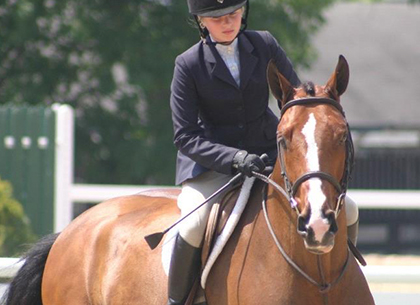As athletes, sport horses often experience subtle lameness that requires ongoing management throughout their career. Lameness or poor performance associated with joint conditions, as well as inconsistent responses following their treatment, are a major source of missed training and frustration.
In any group of equine athletes competing and training year-round, joints are treated with multiple therapies in order to maximize the reliability and dependability of each therapy used. As such, it is critical to get your year-round joint management strategy correct. By adding Noltrex®Vet to the horse’s annual protocol, trainers and veterinarians agree that the reliance on frequent injections is reduced, and soundness is easier to maintain with fewer interventions from multiple therapies.
Unreliable responses to joint therapy are a major source of frustration to everyone in the horse world. “The most important concept to grasp is that most joint conditions are managed, not cured,” says Dr. Craig Roberts, Veterinary Director for Noltrex®Vet at Nucleus ProVets.
Read More
Intra-articular (administered into the joint) polyacrylamide hydrogel helped decreased lameness in horses with naturally occurring arthritis, researchers found.
Read More
A 3’6” Hunter was drifting to the right when jumping over fences. The gelding had performed well as a hunter for over 5 years and this was his same rider for the last several years. Thus, no training issues were felt to be part of this new problem. As time went on, a short hind end canter led to a subtle right hind lameness of unknown origin.
Read More
At times the horse had a short stride in the right lead canter. Occasionally, he would come up hopping lame in the left front on the right lead. He would pull up to a walk, shake it off and become sound again and stay sound at the trot and canter as well. Unfortunately, over time this became more frequent.
Read More

Explore the clinical applications of Noltrex®Vet and stay up to date on ongoing research